Every time you join a ship for work, it’s always a must to bring all the necessary items in your luggage.
I know the pain of realizing that I forgot useful items upon reaching my cabin and that’s why I created this seafarer packing list to help you as well.
You don’t want to be that new guy on board who knocks on doors on the first or second day because you forgot your toothpaste or something.
It’s not only embarrassing but it is also a telling sign of what kind of person you are.
To prevent that, it’s best to prepare what you need for your whole contract so you can focus on your work and other areas.
Things to bring on board a ship for work
I categorized the items here so it’s easier for you.
First off, we’ll tackle the most important items for joining and working on board and these are the necessary documents and certificates.
Without them, you won’t pass the immigration in your port of origin.
Next on our list will be the various clothes and other wearables that you will surely need when working and staying on the ship.
Last on our list will be toiletries, electronics, and a few stationery.
Documents and Certificates:
These papers are very important and the airport security and immigration may require you to hand them out for inspection.
It’s best to store them in your backpack so you can show them easily if necessary.
Besides, these are all of high importance so better keep them close to you at all times while traveling.
For STCW Certificates and other documents, the ship’s captain may ask for them upon embarkation so make sure you have them ready.
- Travel documents
- Letter of Guarantee
- Emergency Contact Numbers and details of your local manning agency, principal, ship agent, and the ship itself.
- Contract of Employment
- Passport
- Relevant visas (US Visa, Schengen Visa, etc.)
- Seaman’s Book
- Seaman’s Identity Document
- Relevant STCW Certificate (Training certificates, COPs, and/or COCs)
- Vaccination Certificates (COVID-19, Yellow Fever, Cholera, etc.)
- Medical Certificate
- Pre-departure Orientation Seminar
- Allotment Slip
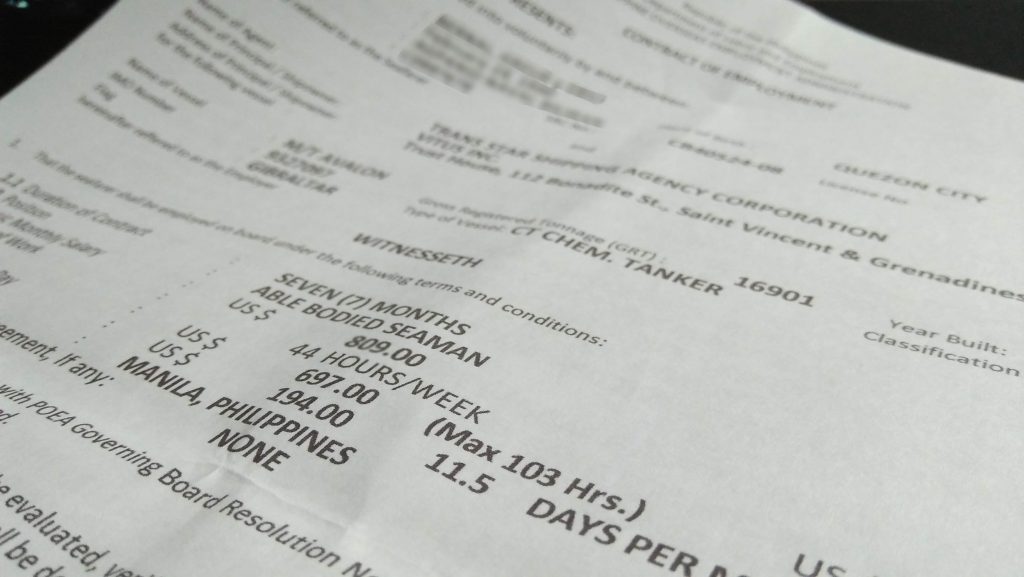
Clothing and Accessories:
I recommend the figures here to be the minimum number of pieces that you must bring to your packing list.
- Working clothes (10 pcs) – t-shirts or long sleeves.
- Shorts (4 pcs)
- Jeans or trousers (2 pairs) – for shore leave and recreation.
- Pants (2 pcs)
- Shoes (2 pairs)
- Sandals or Flip-flops (1 pair) – you may not need to bring them if you know someone on board who can secure one for you.
- T-shirts (5 pcs)
- Clothes for going ashore (1 or 2 pcs)
- Socks (6 pairs)
- Jackets (2 pieces of different thickness) – inside the accommodation could be cold sometimes.
- Winter leggings (2 pcs) – especially if you’re going heavy to the North
- Underwear (12 pcs)
- Supporter Underwear (1 pc) – if a hernia is of concern, consider bringing this one with you.
- Towel (1 pc)
- Handkerchief (2 pcs)
- Uniform (for Officers and Engineers)
- Hangers (6 pcs) – I don’t only use them on board but also in boarding houses so I don’t have to buy them every time I report to the office.
- 1 belt
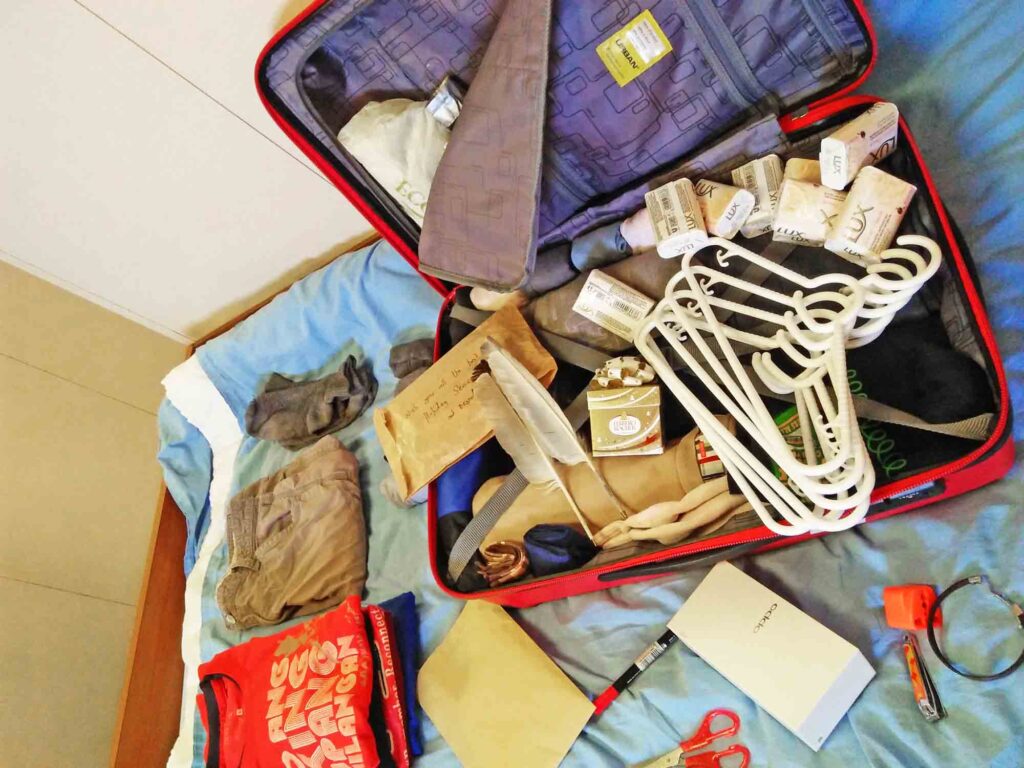
Health and Personal Care:
These include toiletries for grooming and hygiene.
- Vitamins and Supplements – mostly Vitamin C but you get the point.
- Medicines (Bioflu, Paracetamol, Erceflora, Diatabs, or Loperamide, Mefenamic acid, Antacids, Lip balm, Ointments, Band-aids) – some countries may classify these medicines as restricted/ regulated drugs so be careful when bringing them.
- Toothbrush (3 pcs)
- Toothpaste (2 tubes ) – the bigger, the better.
- Shampoo in a bottle (1 bottle)
- Cotton buds
- Deodorant (2 pcs)
- Perfume (1 cheap and 1 branded) – if you want to avoid smelling like everyone else’s laundry.
- Razor or shaver – I used to bring razors but now, I trim my facial hair with a hair clipper.
- Hair clipper
- Lotion or shaving cream
- Watches (1 for work and 1 for a special occasion)
- Disinfectant (Alcohol)
- Comb
- Nail Cutter
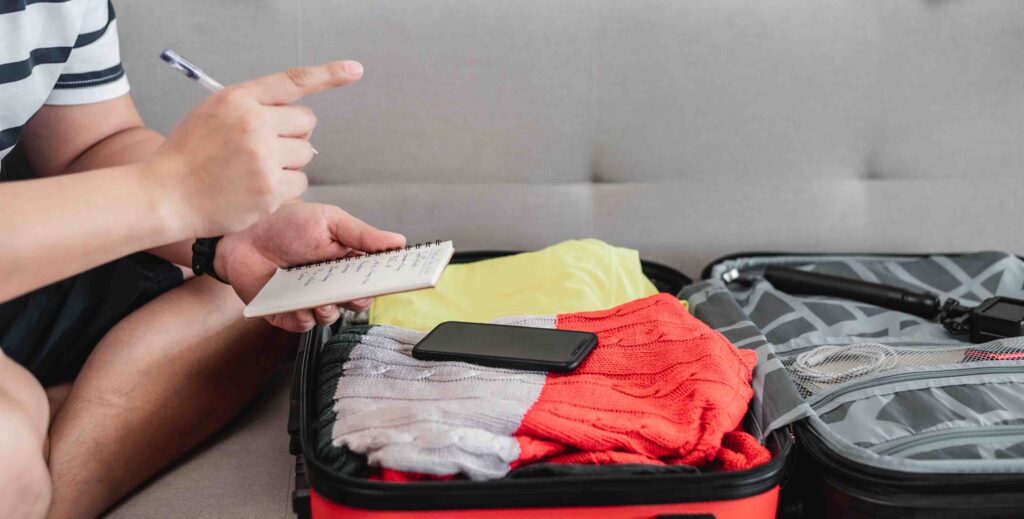
Electronics:
Now we go to the gadget stuff. And because of my mobile phone, I no longer need to bring physical books on board
- Mobile phone/s
- Charger
- Round to flat adaptor
- Laptop
- Headphones
- Speakers or Music players
- Anti-glare eyewear or shades (3 pcs) – 1 for leisure and 2 for work
- Sim Cards – Check out My Three UK for more roaming services.
- Printout of a photo of your girlfriend, wife, family, and loved ones
- Power bank
- Thumb drive
- Hard drive – for copying files and movies
- Karaoke set – if your ship doesn’t have one and you want to have fun on board.
Stationery:
Though you can ask the Chief Officer for stationery, bringing your own is still better.
- Pen and paper
- Notebook
- Pencil
- Eraser
- Scissors
Miscellaneous:
Lastly, here are some things that should also be on your seafarer packing list.
- The Holy Bible
- Local snacks (Biscuits, Noodles, Chips, 3-in-1 coffee)
- Sewing kits
- International debit or credit card – for easier transactions when going ashore.
- Cash either in dollars or euros – very useful especially when joining the ship.

What to consider before packing your items
My seafarer packing list is not written in stone. That is, it’s not a one-size-fits-all kind of checklist. But it’s a good way of taking ideas on what to bring on board especially if you are a first-time cadet.
Before gathering all these belongings in your luggage, you have to know these things first. It will help you plan better and bring only the necessary items.
Moreover, you will have more space in your luggage for other things like “nice to haves” on board.
1. Company PPEs
Some shipping companies give out the crew’s PPE in the office so that the seafarer can bring them on board.
This could be an inconvenience on your part because not only they are bulky, but you may also need a bigger extra luggage for that.
You’ll probably get two coveralls and a pair of safety shoes so before stuffing your luggage with the seafarer packing list above, confirm first if you will get those PPE on board or in the office.
2. Your joining port
Specifically, is the climate there hot or cold? How long is the ship going to stay in that port? Is your vessel at anchor? Are you joining in Europe or the Middle East?
Try to think of these things first so you can decide whether to bring more light clothes or winter attire.
You don’t want to wear a T-shirt and a thin jacket when joining in Amsterdam in the middle of December.
3. Trading area
If you’re headed to the balmy ports of the Middle East, long-sleeved shirts may not be high on your packing list.
Conversely, if your ship frequents the chillier waters of Northern Europe, the Black Sea, Japan, or Canada, a winter jacket becomes a crucial companion.
But if your vessel trades worldwide, then you should bring a good mix of clothes so you can have something to wear wherever your vessel sails.
Want to know a ship’s trading area? Check out some free vessel tracking websites. You can use them to find out where a vessel is currently located, as well as its route and destination.
This information can be helpful for a variety of reasons, including packing for the right climate.
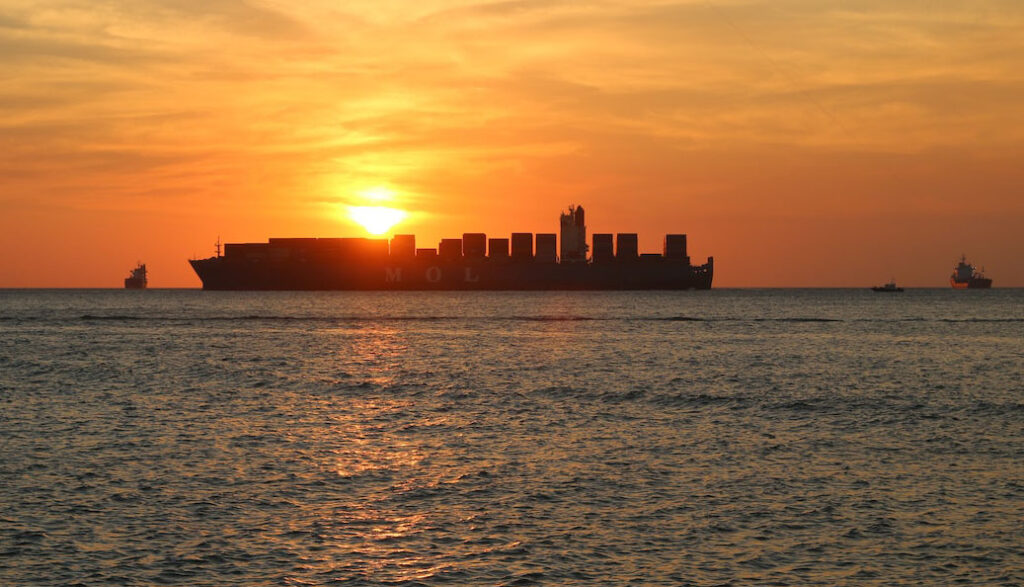
4. Voyage lengths
If you run out of personal stuff on board, you can actually go for a shore leave and buy them at whatever port you decide to go.
However, your next port could be a month away or you could anchor for some time upon arrival. If you destroy your toothbrush or wreck your undies during work in the middle of a voyage, you may experience some inconvenience.
Therefore, it is important to consider the length of your voyage when packing.
5. Contract length
Some companies will give you a 9-month contract. Others will only have six. Meanwhile, offshore vessels may only have a three-month contract.
Knowing the length of your employment contract will help you determine the quantity of items that you’ll be bringing on board.
The longer the contract, the more things you should have, and the opposite if you only sail for six weeks.
6. Slop Chest
Most of the ships have slop chests and you can even order personal things from the chandler and deliver it together with the vessel’s provisions.
A ship’s slop chest is a store on board that sells chips, liquors, toiletries, chocolates, beers, food, and other personal items for seafarers.
But some items here may be out of stock, especially for long voyages so it’s not best to rely on buying some belongings here.
7. Do you know anyone on board?
If you already know anyone on board, then your packing list will become easier to manage. You may not even need to buy all the things mentioned here since that guy on board is your source of intel.
He will provide you with all the information above and even secure for you some used sandals, slippers, or coveralls so you won’t need to bring them with you.
As a seafarer embarking on a new voyage, your packing list is more than just a checklist. It’s a key to your comfort, preparedness, and peace of mind while at sea.
I’ve been using this list for many years and they always come in handy. I also modify them from time to time especially if I discover something more efficient.
Bon voyage and
May the winds be in your favor.

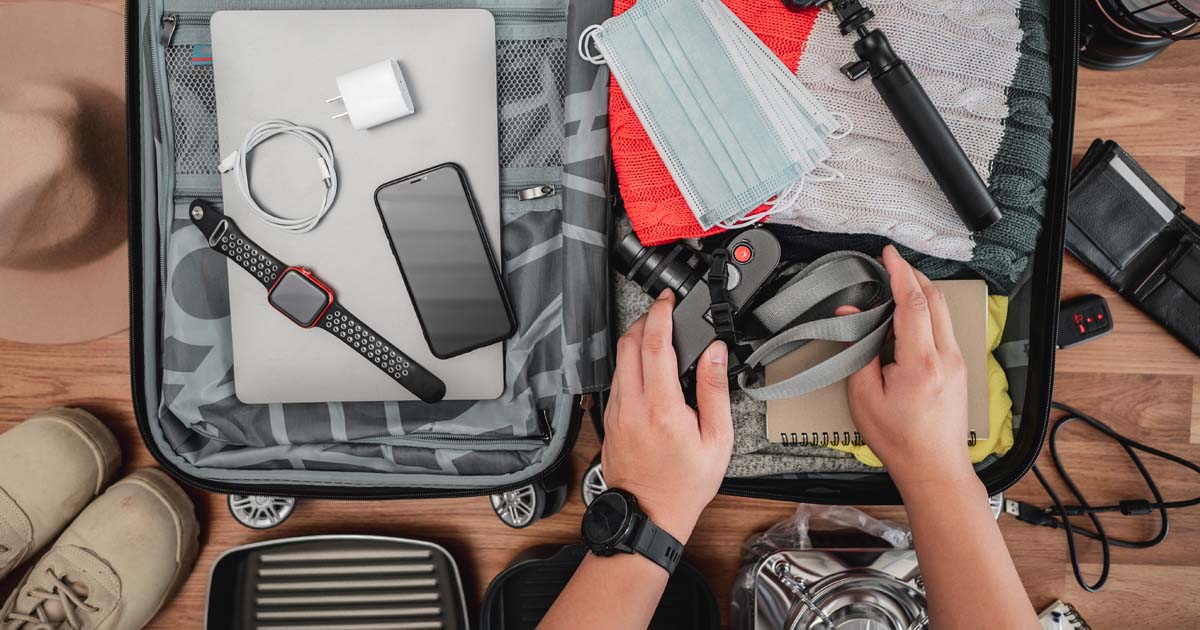
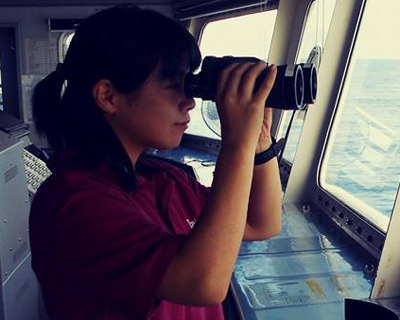
0 Comments